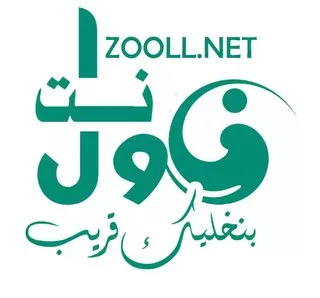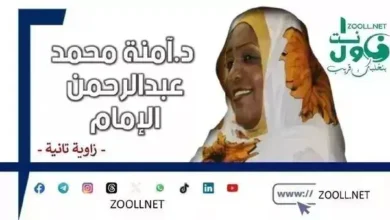Climate change and its impact on the gum arabic belt region ✍️ Taha Haroun Hamed

Climate change and its impact on the gum arabic region is considered one of the most important challenges facing this region. It lacks all the elements of a decent life, including the complete absence of primary schools, health centers, basic health care and public services. services, in addition to sources of pure water for human and animal consumption, and the lack of training mechanisms, we find that there are long distances to transport the harvest to the main cities and unpaved roads, in plus the imposition of taxes. Returns, zakat, etc. The Gum Arabic Belt is a region that stretches across North Africa and the Arabian Peninsula and includes Sudan, Somalia, Djibouti and Eritrea. Several climate changes are affecting this region:
High Temperatures: The Gum Arabic Belt region is experiencing increasing temperatures, which contribute to increased evaporation and drought. This affects the region's agriculture and water resources.
Lack of rain: The region is experiencing a lack of rain, causing drought and reduced availability of fresh water, which negatively affects agriculture, grazing and water resources.
Changes in rainfall patterns: Fluctuations in rainfall patterns may occur due to felling of hashab tree and processing into charcoal or planting of crops (corn, peanuts, sesame and watermelon) . These crops can be grown inside the forest (the garden) and. It also increases the percentage of wild animals, which affects water potential and increases the risk of flooding and drought.
Desert expansion: Desert areas are increasing in the region due to drought and rising temperatures, reducing the areas available for agriculture and grazing. We are witnessing conflicts between nomads and inhabitants, as well as on the outskirts.
Increased sea level decline: Coasts near the gum arabic belt are experiencing falling sea levels due to rising levels, affecting cities and coastal infrastructure.
Extinction of species: The impact of climate change is causing the extinction of some plant and animal species and wild animals that feed on the leaves of the Hashab tree, which depend on previous climatic conditions.
The impact of these climate changes on the Gum Arabic Belt region poses a major challenge to the environmental sustainability and economy of the region. Actions must be taken to adapt to these challenges by promoting sustainable agriculture, managing water security, promoting renewable energy, using green charcoal (hashab tree sap + fallen sage + starch) , non-polluting to the environment, and by implementing strategies. to preserve biodiversity. Conduct an analysis of soil types in the belt region (13 states of Sudan), introducing improved seeds, creating windbreaks and increasing the areas cultivated for hashab trees. This also requires international cooperation, the government. , and the local component (civil society, citizens, cooperative societies and insurance companies) to raise awareness of the dangers of climate change and its impact on the important economic product considered the most important global export product. Sudan after agriculture and livestock, knowing that it constitutes the Sudanese popular and governmental heritage and that it represents 80% of world production. It has been known since ancient times for its industrial quality, which is used in the manufacture of medicines, inks, papers, cosmetics, preservatives and the manufacture of modern warfare tools and equipment (climate change and reduction of greenhouse gas emissions).
Taha Haroun Hamed
Source link





